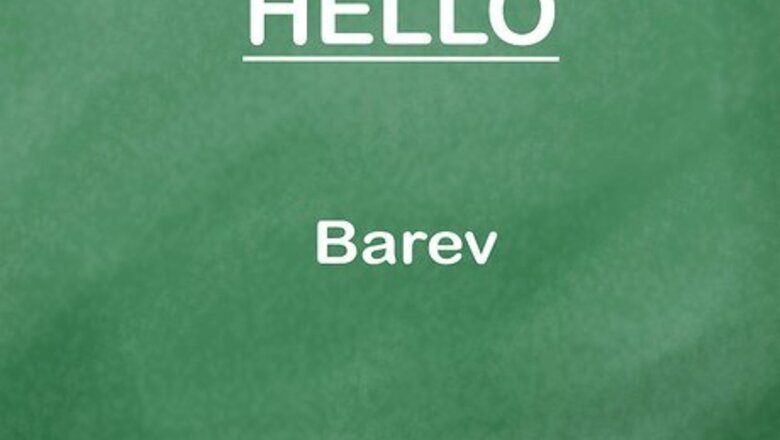
views
Linguists typically classify Armenian as an independent branch of the Indo-European language family.[3] Some Indo-Europeanists, notably Clackson (1994), have proposed that Armenian may have been grouped together with the Greek Hellenic branch. This is called the Graeco-Armenian Hypothesis, in combination with a Graeco-Aryan hypothesis (Renfrew, Clackson and Fortson 1994).
Learning Basic Phrases
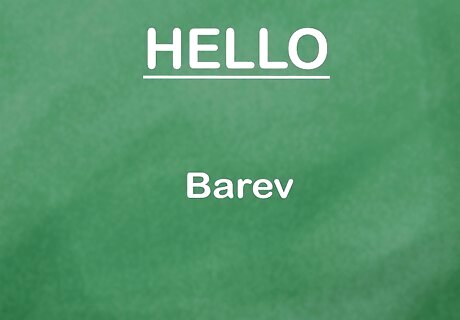
Use "barev'" for "hello". This can be used to greet others.

Say "goodbye". "Stesutyune", Hajox, "Hajoghutyun" and ba bye all work. This can be used to indicate your departure.
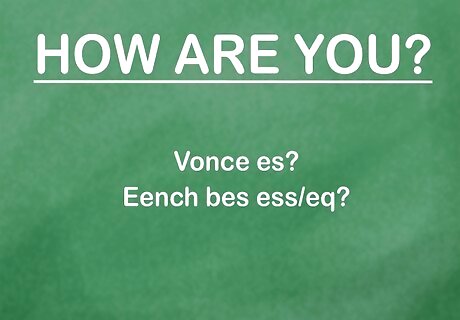
Ask "How are you?" - Vonce es? or Eench bes ess/eq? work. This can be used to show that you care about the person it is directed at. However do not ask if you are unable to understand the answer, as it will defeat the purpose of asking the question.
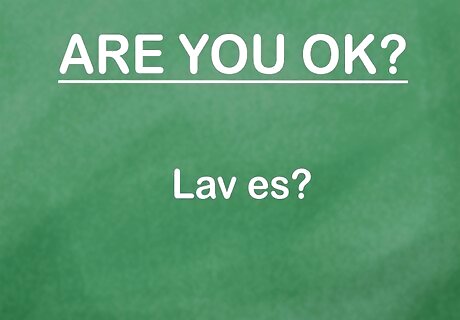
For "Are you good? or "Are you OK?" - ask Lav es?
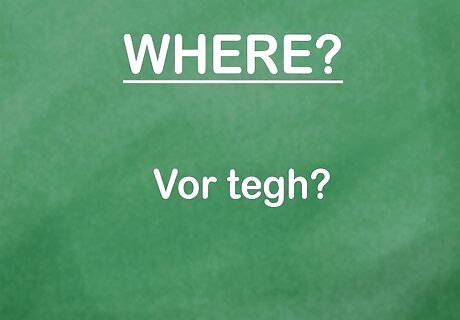
For "Where?" ask "Vore tegh".
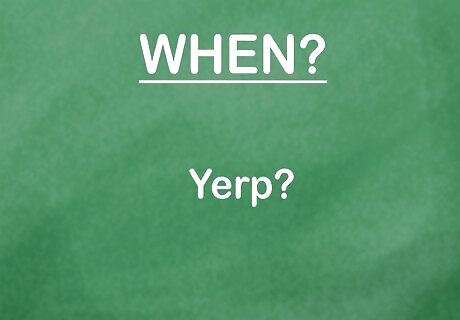
For "When?" ask Yerp.

For "I don't want it" say "Chem uzum".
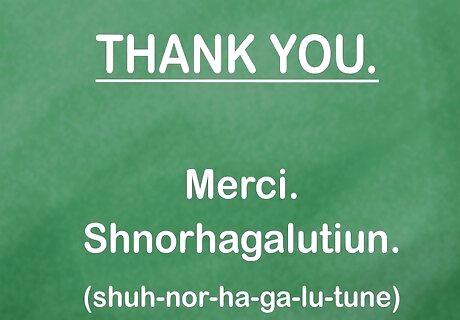
For "thank you", say "'Merci or shnorhagalutiun (pronounced shuh-nor-ha-ga-lu-tune). This can be used to show gratitude.
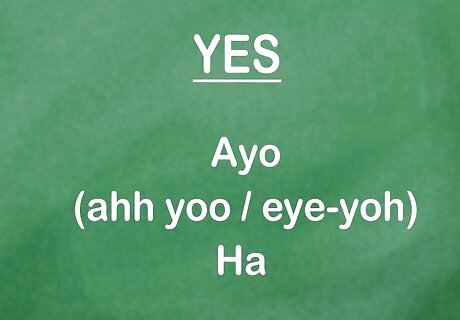
For "yes" say Ayo (pronounced ahh yoo or eye-yoh), or more casually spoken, "ha".
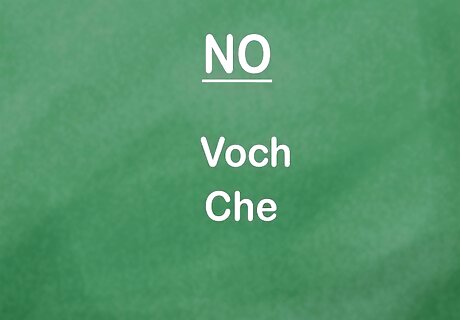
For "no", say Voch or che.
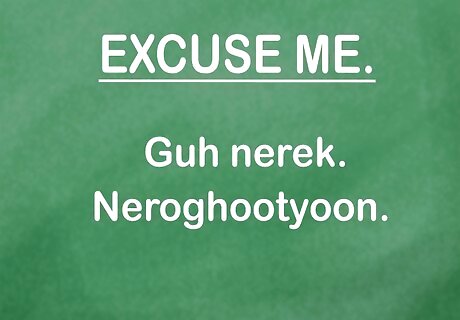
For excuse me, say Guh nerek or "neroghootyoon". Do note that "neroghootyoon" also means "sorry". This can be used when an error has been committed - for example knocking something over and expressing your regret for the owner of the item.
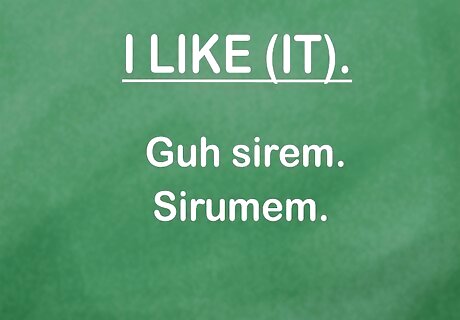
I like (it) - Guh Sirem or sirumem. This can be used to express a liking towards something, for example an item for sale towards the salesperson or receiving a gift.

I do not like (it) -Chem Sirum. This is the opposite of the previous step.
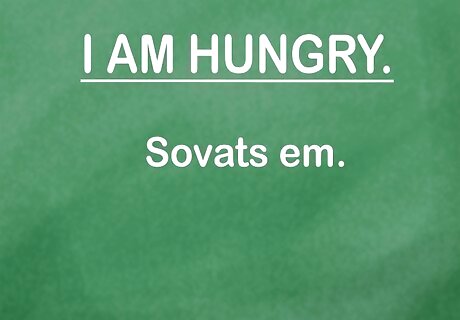
I am hungry -"Sovats em".
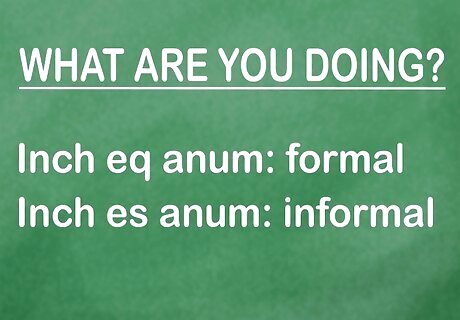
What are you doing? -"Inch eq anum". This is formal and should be used with most Armenians, however with close friends and family you can say "Inch es anum".
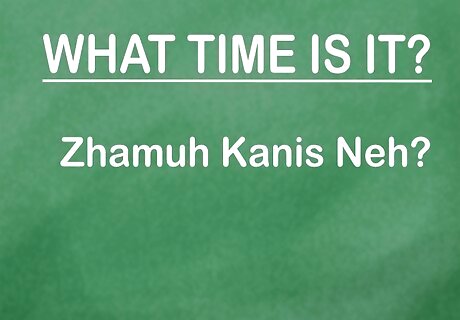
What time is it? - Zhamuh Kanis Neh.
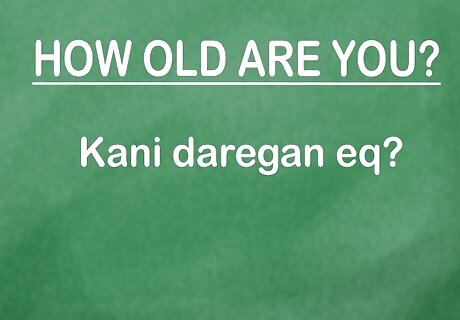
How old are you? - "kani daregan eq?"
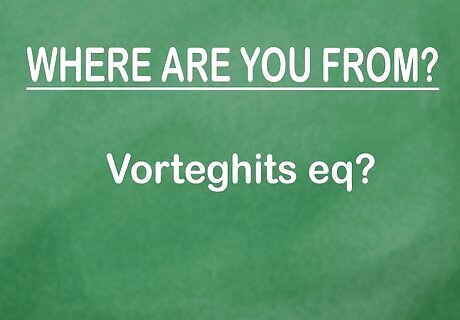
Where are you from?" - "Vorteghits eq?"
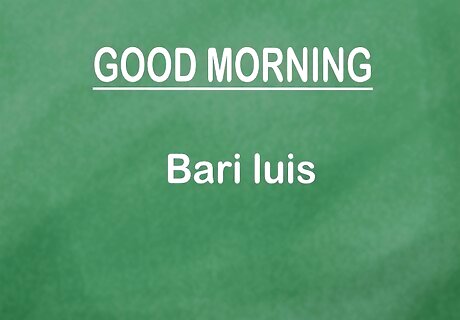
Good morning is "Bari luis".
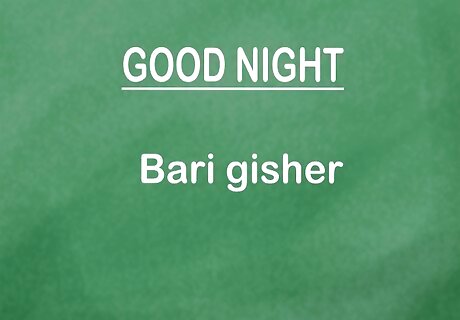
Good night is "Bari gisher".
Learning the Alphabet
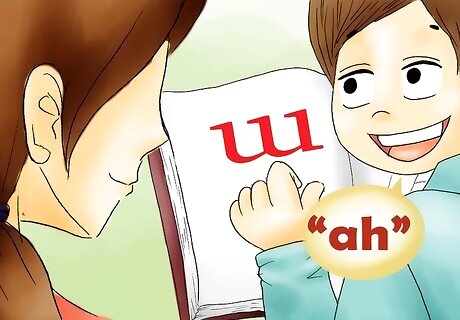
Learn some of the most commonly used letters in the Armenian alphabet. Start with the first letter, ա, which is pronounced "ah" and continue from there.
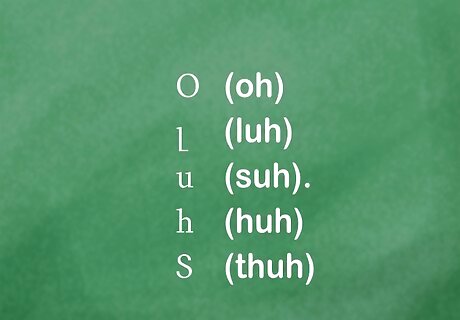
Learn the letters that resemble English letters. If you speak fluent English, it may be easier to start with letters that look like English letters. These include: Օ, which is an O in both lowercase and uppercase and pronounced, "oh", exactly like English. լ, which resembles an L and is pronounced, "luh". ս, which resembles a U but is pronounced differently- it is pronounced "suh". Lowercase հ, which resembles a lowercase h and is pronounced "huh". Uppercase Տ, which resembles an S but is pronounced "thuh".
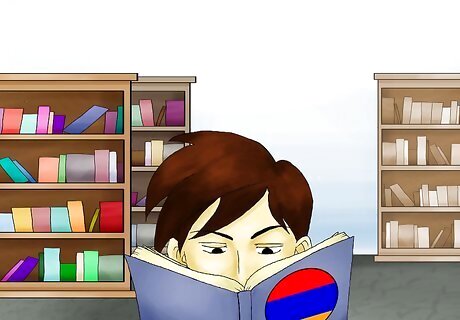
Try purchasing an Armenian alphabet book (pronounced in Armenian as "aybenaran"). These books are often used by children beginning to learn the alphabet. They begin with the most commonly used letters and have you read sentences, phrases and words containing those letters. The book will progress in difficulty until having you read a full page with all the Armenian letters.
















Comments
0 comment